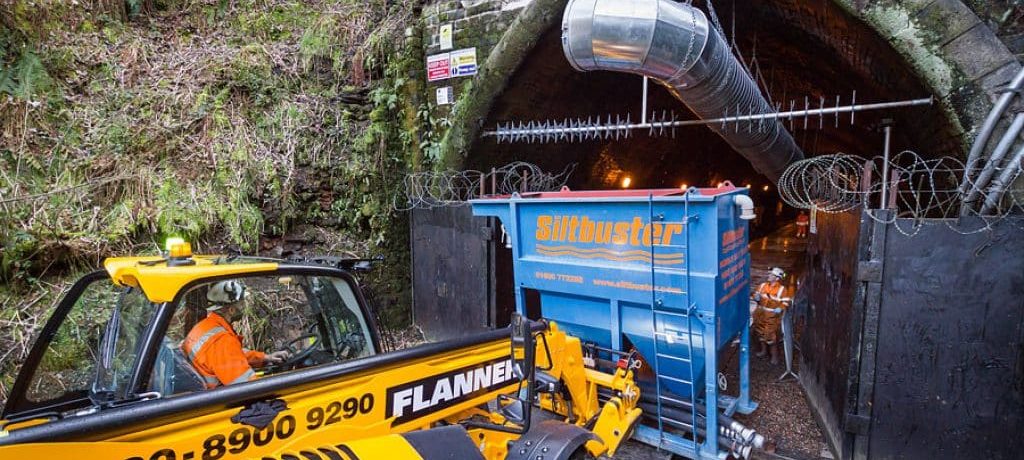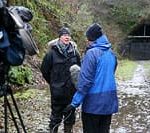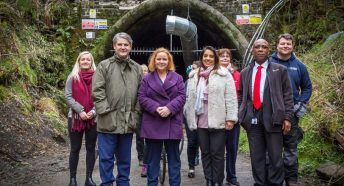Queensbury Tunnel – How did it get to this?
Guest post by Graeme Bickerdike, Engineering Co-ordinator for the Queensbury Tunnel Society.
You might think that the DfT and Highways England – respectively the owner and maintainer of Queensbury Tunnel -would be falling over themselves to support a proposal for its repurposing as part of an active travel network. Such a proposal aligns with their collective objectives. It makes use of an otherwise redundant public asset, delivers value for a significant spend of taxpayers’ money and offers the prospect of the tunnel being offloaded onto another body for upkeep and repairs. But no.
It is true that around 20% of the tunnel is in poor condition; however, on the basis of scant technical evidence, Highways England has convinced itself and the DfT that the tunnel presents a short-term threat to the community and must be sealed up forever.
Their plan is only to infill 12% of it; the remainder – passing beneath the populated part of Queensbury – would be left to flood and collapse over time. They believe the tunnel is sufficiently deep that any resulting voids would not migrate to the surface, but they base that view on a historic mining convention and empirically derived values, not robust modelling. Aside from this concern is the consideration of the balance of costs.
In 2016, the cost of abandonment was estimated at £2.8 million – a figure formulated for a report from Highways England’s consulting engineers that also put a price tag of £35.4 million on the tunnel’s repair. Unsurprisingly, this was ruled unaffordable and abandonment has been the direction of travel ever since. The DfT’s own engineering advisors subsequently condemned the repair figure as “simply too high to be credible” and different engineers, commissioned last year by Bradford Council, estimate that the structure could be made serviceable again for £6.9 million.
The contract for abandonment was awarded to AMCO-Giffen in August 2018 but, when they turned up at the south end of the tunnel, they found it was flooded. For two years, Highways England had failed to pay the £50 annual rent on a pumping station which kept it dewatered, resulting in it being switched off.
Instead of negotiating a new deal with the landowner, they chose to make a safe access route through the poorest part of the tunnel and pump the water out at the other end. Nine months after that work started, £2 million has so far been added to the original £560K bill for preparatory works. The cost to abandonment the tunnel is now not much different to the cost of repairing it.
Queensbury Tunnel has become a sorry saga. An unfortunate combination of ignorance and failure has brought an engineering miracle – 1.4 miles in length – to the brink of abandonment for no legitimate reason.
The campaign group, its supporters and stakeholders are fighting hard to secure the tunnel as an asset for future generations before it’s too late. Their short-term goal is to ensure the planning application for abandonment is rejected and, to date, more than 3,700 people from across the globe have answered the call to object. If you’d like to join them, the comments page is on Bradford Council’s planning portal.
You can follow the progress of the submitted planning application on the Bradford Metropolitan District Council Website.
Details of the Queensbury Tunnel Society and their campaign are on their website.







